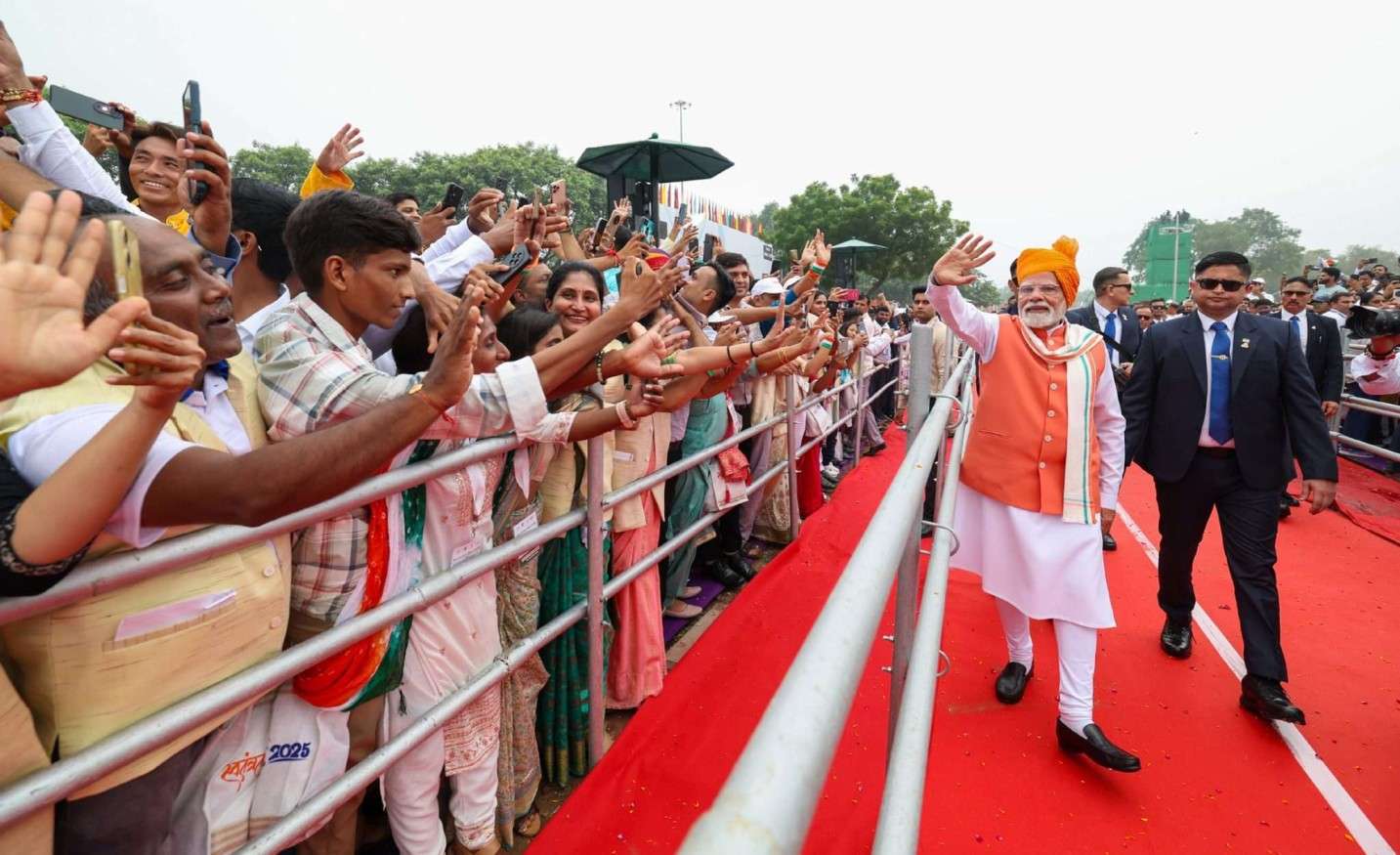In 2025, the relationship of India-Pakistan experienced a notable intensification of the enduring tensions between the two nations. From military engagements to diplomatic confrontations, the ties between these nuclear-capable neighbors have arrived at a pivotal moment. This article explores the recent developments influencing India-Pakistan relations, examining the underlying causes, implications, and possible avenues for resolution.

Operation Sindoor: A Military Escalation
On May 7, 2025, India initiated ‘Operation Sindoor,’ aimed at what it identified as terrorist infrastructure within Pakistan. This operation comprised 14 strikes across nine sites, including Bahawalpur and Muridke, utilizing Rafale jets armed with SCALP missiles and AASM Hammer bombs. India asserted that the attacks were ‘targeted, calculated, and non-escalatory’ to dismantle the camps of organizations such as Jaish-e-Mohammed and Lashkar-e-Taiba.
Pakistan reacted strongly, charging India with infringing upon its sovereignty and promising to retaliate. The ensuing aerial confrontations led to the destruction of multiple aircraft from both nations, signifying one of the most severe air battles since the Gulf War.
Suspension of the Indus Waters Treaty India-Pakistan
After the Pahalgam attack on April 22, which India links to militants from Pakistan, India has opted to suspend the 1960 (India-Pakistan) Indus Waters Treaty. This suspension has led to a notable reduction in water flow to Pakistan, with reports indicating a 90% decrease in supply from the Chenab River. Pakistan has warned that any attempt to alter the water flow might be seen as an act of war, raising the stakes for a potential larger conflict.
Cyber and Digital Warfare
The virtual realm has arisen as a new conflict zone in the India-Pakistan rivalry. Elon Musk’s platform, X, has disclosed that the Indian government has ordered it to restrict access to more than 8,000 accounts within the nation, under the threat of severe fines and potential imprisonment for local staff. This directive is part of a comprehensive digital crackdown amid increasing tensions between India and Pakistan, which also includes the prohibition of international media and notable users.
Climate Change and Water Safety
Beyond the immediate military and diplomatic tensions, climate change is exacerbating the water crisis in Pakistan. The suspension of the Indus Waters Treaty coincides with worsening droughts and shrinking water resources in Pakistan, affecting agriculture and livelihoods. Experts warn that even minor disruptions in water flow can have devastating effects on Pakistan’s water security.
International Mediation Efforts
As hostilities intensify, international entities have called for moderation and dialogue. The United States, China, G7 member states, Saudi Arabia, and Turkey have all pressed both nations to lower tensions and engage in diplomatic talks. As of Now India-Pakistan have indicated a willingness to reduce tensions if the other reciprocates, the situation continues to be delicate, with both nations upholding high military alertness.
Summary:
In 2025, the dynamics of India-Pakistan relations are defined by escalating tensions across several fronts—military, diplomatic, digital, and environmental. Recent occurrences illustrate the complicated relationship between historical disputes, national security priorities, and global pressures. While channels for communication are still available, the journey towards peace demands continuous efforts from both nations, with support from the international community, to resolve fundamental issues and prevent additional escalation.



